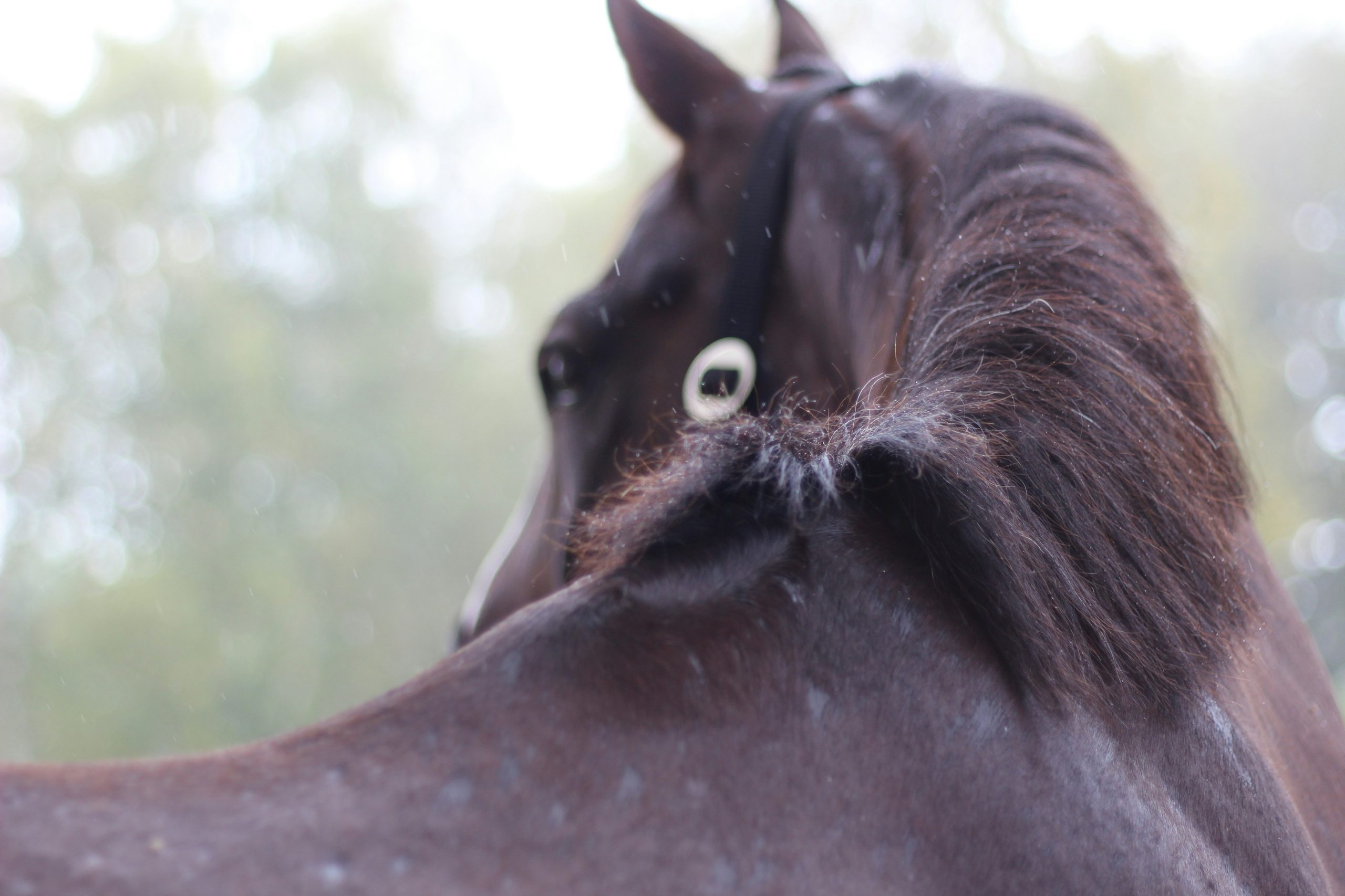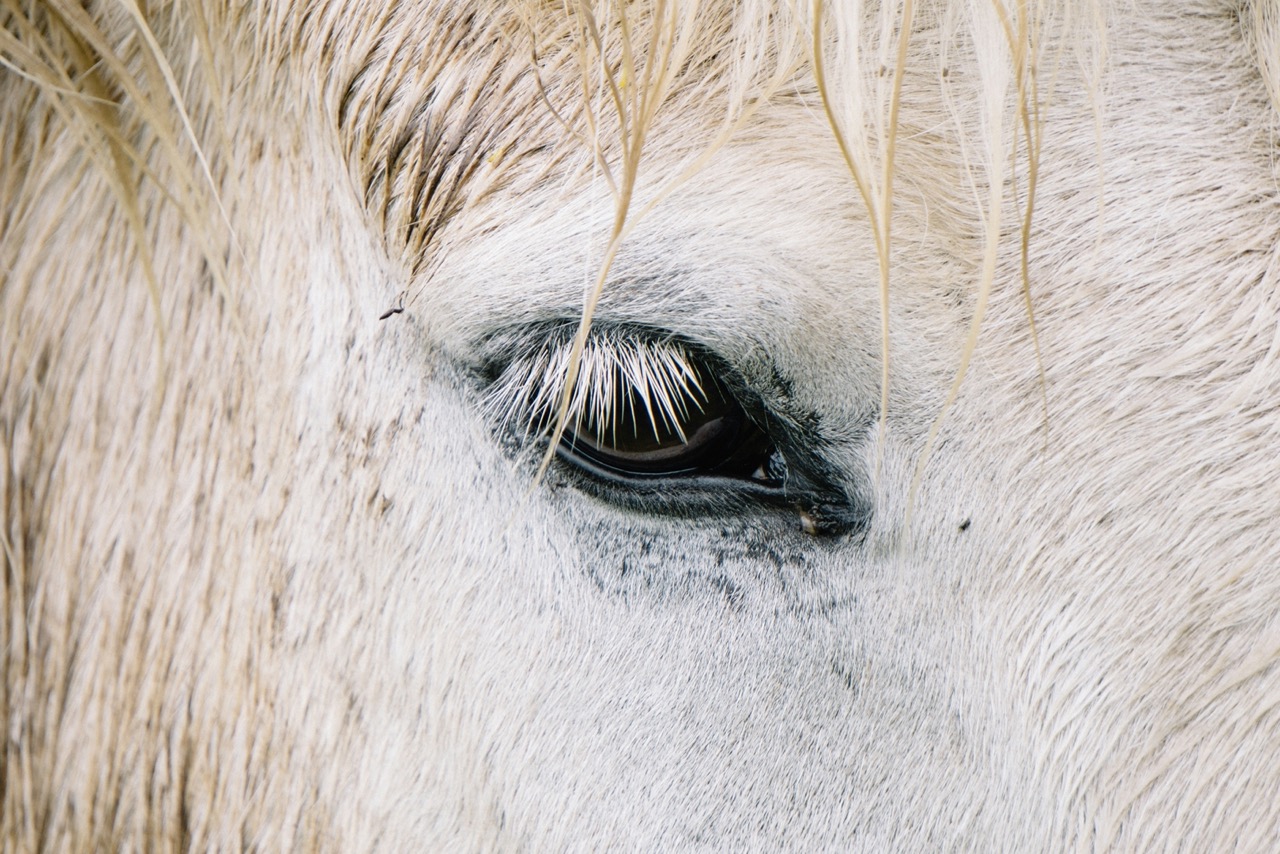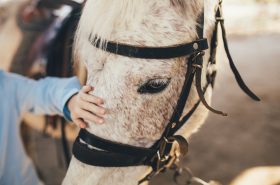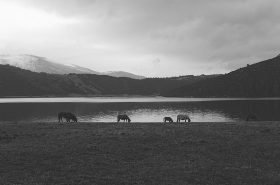Fall is a beautiful time of year, but it doesn’t come without rainy days.
For horse farms, all this rain can become problematic. From mud management and health concerns to insects and less riding opportunities, farm owners should be prepared. With proper management, you can prevent and reduce a lot of the challenges that come with this weather.
Health Concerns
Wet and muddy conditions put your horse at risk for skin infections. Some of the more common ones include rain rot and scratches. Rain rot, from the bacterium called Dermatophilus congolensis, can cause lesions on your horse’s skin. These raised bumps and scabs can result in hair loss. They’re also very painful to your horse! Scratches is a condition that forms on the horse’s lower leg, pastern, fetlock, and heel. The area will become hot, swollen, and painful. In some cases, scabs and crusts are present. When your horse stands in mud all day long, their hooves are also at risk for issues. Thrush, white line disease, hoof abscesses, and cracks are just a few concerns. Make sure to keep your horse on a regular farrier schedule. Foul smells and lameness are a sign of issues, so check your horse daily! Thick mud can be dangerous for your horse to walk and run in. They can suffer tendon or ligament injuries. It’s important to limit your horse’s activity in these muddy conditions. You should also watch your footing when riding out on slippery, wet grass or slick trails.
sure to keep your horse on a regular farrier schedule. Foul smells and lameness are a sign of issues, so check your horse daily! Thick mud can be dangerous for your horse to walk and run in. They can suffer tendon or ligament injuries. It’s important to limit your horse’s activity in these muddy conditions. You should also watch your footing when riding out on slippery, wet grass or slick trails.
Insect Issues
Depending on the time of year, insects will swarm when it’s wet and muggy. Puddles of standing water make breeding grounds for flies and mosquitos. Not only do they pester your horse, but mosquitoes can transmit West Nile Virus. Make sure to invest in insect protection like masks, sheets, and sprays. There is a vaccine to prevent against West Nile.
How to Manage Mud
Mud management is a vital part of the wet season. When designing fields and run-in shelters, try to build on higher ground. You can add gutters, ditches, and trenches to existing structures and pastures. Good drainage is so important!
A dry lot is a solid investment on any horse farm. Mud Management by RAMM is a great solution to keeping this sacrifice area mud-free. The panels hold gravel in place. They’re perfect for high traffic areas. The main perk of a dry lot is to protect the rest of your fields from being torn up or overgrazed. Don’t let this rainy season get you down! With proper preparation, you can avoid many of the issues associated with mud and moist conditions. Get in the habit of checking your horse over daily. You’ll be able to spot any skin or hoof conditions before they get bad. As always, prevention is key. Build a graveled dry lot, invest in rain sheets to keep the water off of them, and make sure they have access to shelter.




